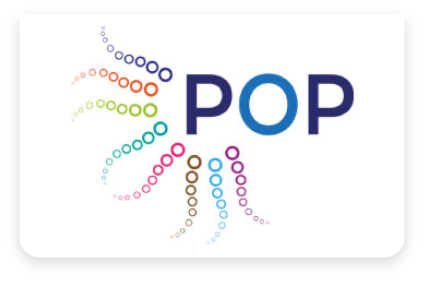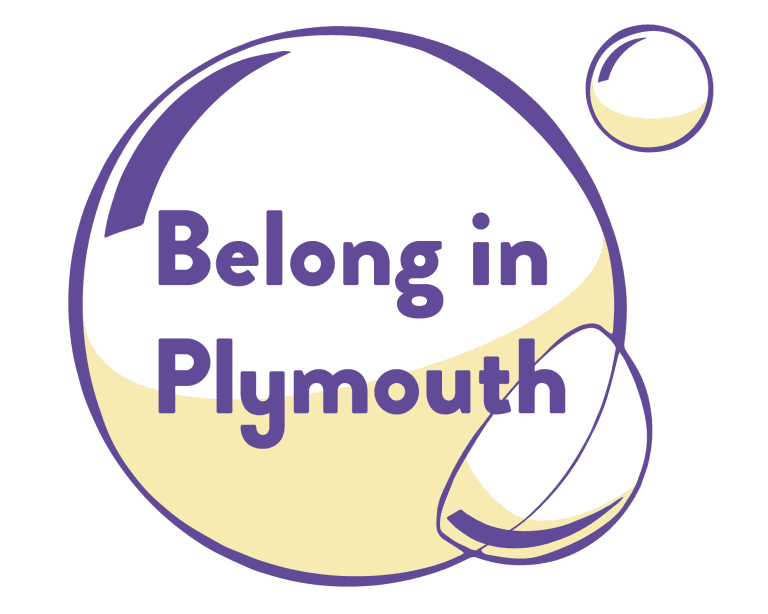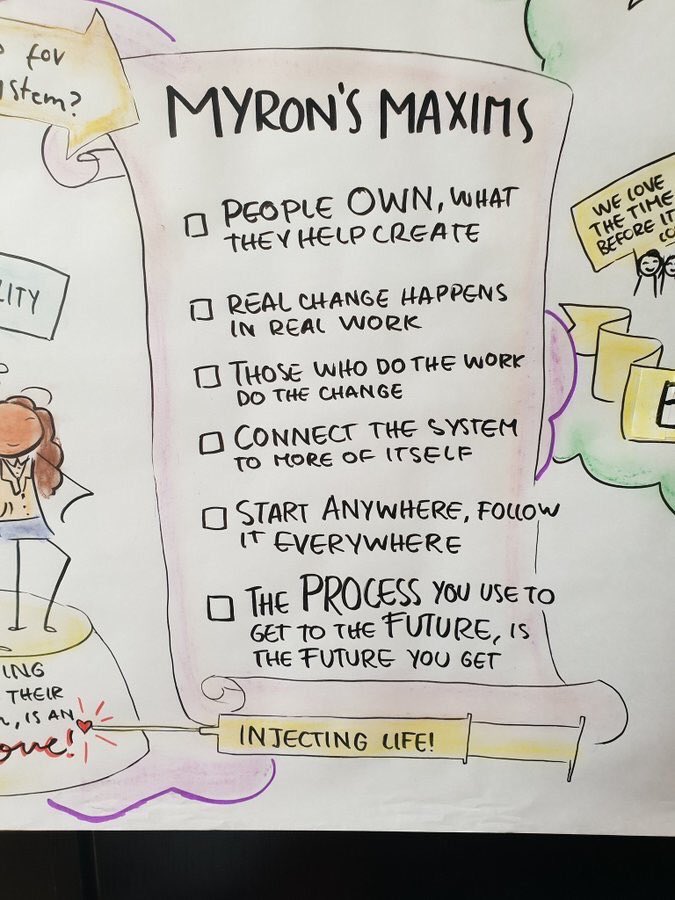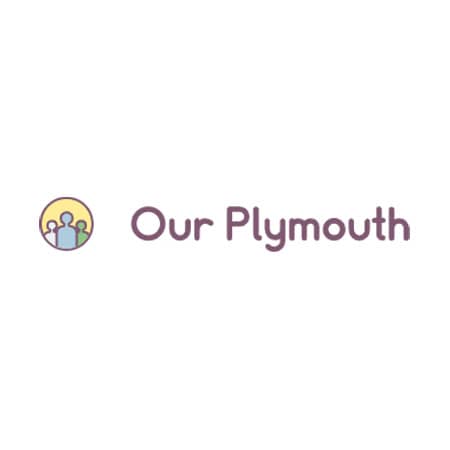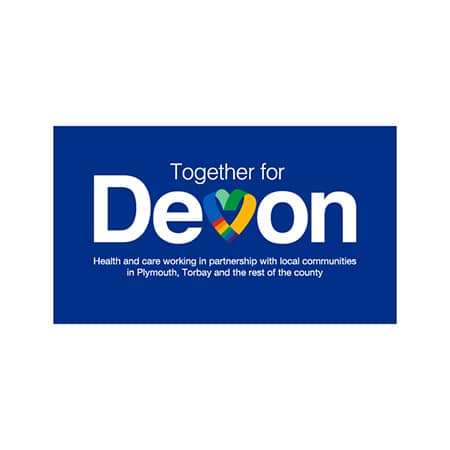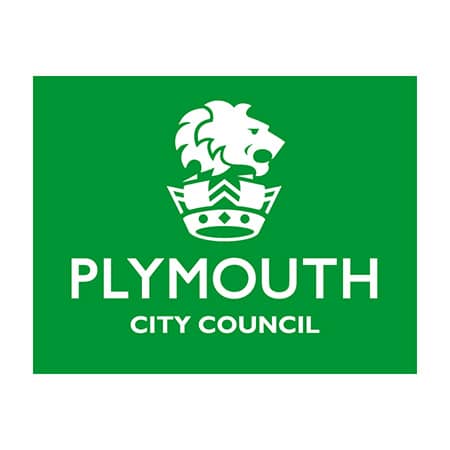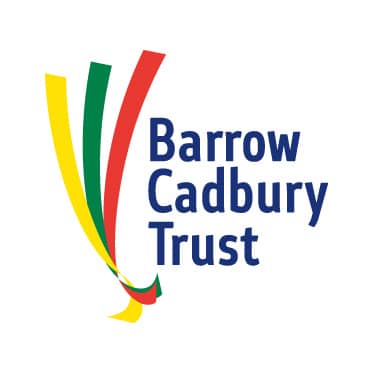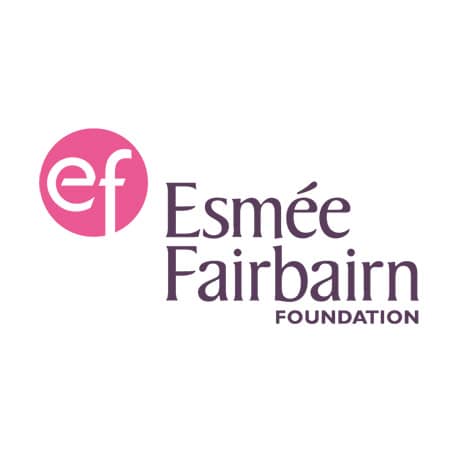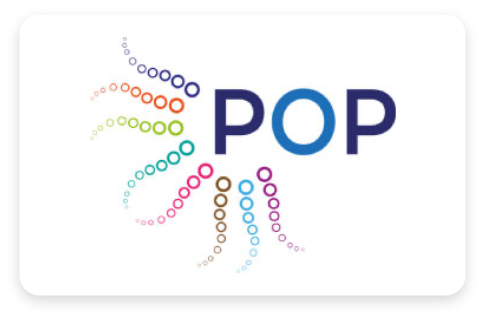These are some reflections from Matt, our CEO on the Belong in Plymouth programme. For more thoughts from the team, see here https://bipnetwork.groups.io/g/CoreTeam/topic/what_i_m_learning_about/94383085
When we set out on Belong in Plymouth, we didn’t even have a name. We were led by a set of principles learnt and developed partly from a previous programme (SIMPL), honed during a follow up bid writing process for the Local Access Programme. Inspired and captured by the Human Learning Systems approach that Plymouth City Council were a central part in developing the principles that emerged from this earlier work were:
- Focus on people’s experiences not processes, bureaucracy and protocol
- Focus on the creative process
- Focus on relationships and collaboration not on single organisational gain
- Focus holistically on the issue/purpose not siloed services
- Focus on decision making, accountability and participation
- Bringing in new voices and diversity of experience, knowledge and perspective generates innovation
- Prototype, test and learn in rapid cycles
This work also highlighted the importance of how decisions are made and who makes them. These elements were highlighted for consideration within governance.
- Who has the power to make decisions
- About what do they make decisions
- How do other players make their voices heard
- How is account rendered
- How is learning maximised and how do insights get shared.
These lessons and more were brought to bear when considering the approach to be taken for the Healthy Communities Together bid. They slotted in nicely to the Appreciative Enquiry approach being taken at PCC and the opportunity tapped into thinking of Director of Public Health and POP when thinking about prevention and the role of community connection and relationships. In the initial expression of interest we said:
“Woven into highly participative processes, this funding will allow us to test approaches to community capacity building. It provides time to learn, whilst agreeing critical system measures that will allow adoption in future. In year one we will start using data and fuzzy cognitive mapping to underpin participative design processes that attract engagement from diverse groups and begin real world testing. We will follow a cycle of participatory test and learn, continuing into years 2&3 ramping up the testing and starting to influence future commissioning processes and future investment decisions.”
“The vision is to create governance and partnership arrangements based on trust, participation and radical transparency and successfully mesh these into the existing ‘traditional’ structures. This vision cannot be emphasised strongly enough; if the system cannot ‘see’ and recognise the learning coming out of the process and tests, then all activity will be in vain.”
It is important to me to keep checking back against the initial intentions, but cutting a long story short, the programme was successful at securing investment from The National Lottery Community Fund and The Kings Fund. We started the development phase March/April 2021. And we started with the main question – how do we put people’s experiences at the centre? And wrapping around this central question was a series of further questions based on the principles above:
- How do we maximise the opportunities to build relationships?
- How do we focus holistically?
- How do we bring in new voices?
This resulted in choosing to work with volunteers to:
- build on existing or creating new relationships
- better cascade the important conversation about social isolation and loneliness
- reach more people further out from the core team
So, we needed to develop a way of supporting the volunteers, which meant we had to create some training, which we have later called community researcher training. Once we had this underway (which took longer than expected) we moved our attention to thinking about the programme. Aided by The Kings Fund we had a reflective session in July 21 that highlighted the complete lack of a vision!! We had a process but no guiding light. So by September we had named the programme Belong in Plymouth, and created the strapline, a city where no one feels forgotten.
Immediately after this we entered bid writing for Phase 2, at which point a conversation with The National Lottery Community Fund prompted us to revisit how much of the bid we dedicated to supporting collaborative leadership. And what a judgement call that was – coaching and leadership support is proving incredibly valuable.
“The focus on HOW we go about delivering Belong in Plymouth (whilst actually doing it) is probably the biggest single difference to traditional ways of working.”
We treaded water a little between November 21 and March 22 as we waited to hear about whether Plymouth had been selected as one of the final areas going forward into Phase 2 of Healthy Communities Together. Since March/April of this year, it’s been brilliant. We concentrated the first 3 months on getting the Core Team set up, thinking about decision making, who’s in, who’s out, but the biggest issue at the end of Sprint 1 (we are planning, doing and reviewing in 3 month cycles)? We still didn’t really know what we were doing, so we wrote a fresh description of the programme. At the end of Sprint 2 we concentrated on engagement. Our leadership support, Skyspace were observing that perhaps there was a question about how well core team members were able to engage and other questions of evaluation were arising.
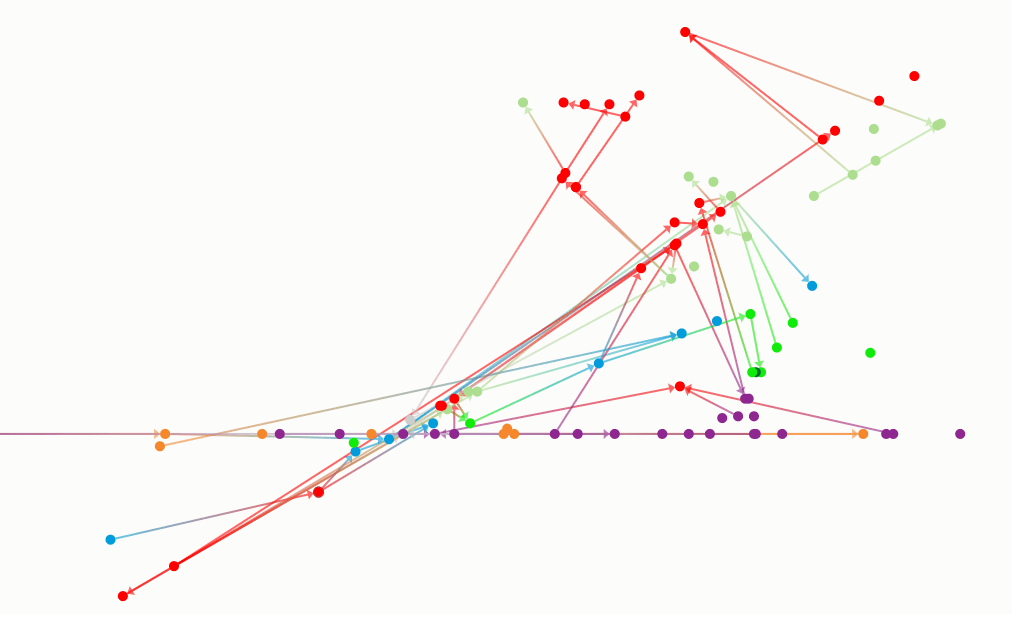
Diagram of our journey & events so far (explore it here Belong in Plymouth – chronology • Chronology & key events / Timeline – ripples • Kumu).
So what am I learning about what seems to be producing good results and how we do this together?
Some of these lessons, unsurprisingly connect back the principles above. First are the ‘technical’ elements:
- Radical transparency- the work has to be held out in the open. To be open to challenge is a critical element of remaining accountable. This transparency is then applied to:
- Communications – use an open platform e.g. main@BiPNetwork.groups.io | Subgroups
- Budgets – publish regular finance data e.g. Power BI
- Who is involved – who is involved, especially in making decisions e.g. POP Organisational Chart • POP structure and tasks / Belong in Plymouth • Kumu
- Project documentation – make documentation accessible e.g. main@BiPNetwork.groups.io | Files
- Decision making – make it clear how decisions are made e.g. Invitation to Core Team | Belong in Plymouth
- Learning – share your learning, warts an’ all. We’re still working on this, but the latest Sprint review notes are here CoreTeam@BiPNetwork.groups.io | Follow up from Review Meeting
- Invitational engagement – to be inclusive by design we must always keep the door open. There must always be an open invitation to be involved. This causes other issues, but these issues have different solutions to the traditional ones we employ.
- Anyone should be able to be involved. The organising structures underpinning the work should be based on networks.
- Don’t gatekeep decision making! Embrace the challenge of trying to move forwards, whilst allowing new voices in.
- Using resources flexibly. Often to do work like this a new programme team is appointed from day 1. I don’t think this works with a programme like this. Instead we have recruited people and resources as they have been needed. This makes the programme much more flexible and adaptable than otherwise. It also recognises the nature of not knowing what is needed to create change. It also allows much greater ownership of the funds across the existing partnership because there’s genuine flexibility in how funding is used. When budgets are decided well before programme delivery, the power is inextricably linked to the thinking during bid writing, which by definition is probably wrong?
- Operating in cycles of plan, do and review and structuring learning into the work. Combined with the point above, it means you have maximised the chance to make course corrections.
And secondly, the human elements?
- As the person ‘in the lead’ I feel it is absolutely critical to welcome and invite in challenge. The point at which I feel like walking away, ignoring the challenge or getting defensive – that’s the point I know there is something extremely important to listen to. EVEN if I think I have heard it before (over and over again :-)) Each challenge, each question is an opportunity to deepen the understanding of the group.
- Trust others. If things don’t go as you expect, it’s great. All it means is that someone has made a different set of mistakes from you. Great learning!
- Make sure you are always checking in with people. Make sure they can voice their true opinions and feelings. To do this successfully you have to acknowledge the view without denying it, shaking it off or diverting it. Whatever has been voiced is a reflection of what is going on in the group. And how you respond will define whether you create psychological safety, or not. Will you hear people. Or not?
- It’s not all your responsibility to solve the problems. Allow problems to sit and mature. Wait until the problem is nicely rounded and support the group to tackle it together. This isn’t a passive position. You have to actively observe what is happening, supporting the team to make sense of what is coming up.
- Love you team. Everyone I work with is amazing and it’s a joy to work with them.
- Be patient with yourself. You’re bound to get all of the above ‘wrong’ at some point.
It’s a bit early to make any definitive conclusions about whether these ways of working are shifting what happens and the success of the programme. It definitely feels right. It’s not always comfortable, we’re having to think deeply about how we do the work and we don’t always know what we’re doing. These are signs, I think, that we’re moving in the right direction. I can also make some observations:
- We have had new people join the core team and make comments about how it ‘feels different’ – in a good way!
- We have a growing team of community researchers.
- We have people regularly joining the core team and wider network.
- We have seen a surge in other circles of work connecting into the programme – from neighbourhoods, to learning by listening, to an emergency department piece of work.
I want to end on a piece of new information Mark Doughty our Kings Fund consultant shared with me, that wraps up both the approach AND the serendipity of how work pans out. Myron Rogers (Myron Rogers | Leadership (leadershipcentre.org.uk)) is known (as Mark told me) for his six maxims of working with complex systems (see below). I wanted to know who this Myron is. Turns out he is the Chair of Lankelly Chase (one of the most forward looking grant funders – they developed the 9 system behaviours System Behaviours – Lankelly Chase) AND, AND, AND Chair of the Revolving Doors Agency – which are supporting Changing Futures, another system change effort happening on our doorstep in Plymouth.
So, this is both a reflective piece from my perspective in Belong in Plymouth and call for sharing something similar from Changing Futures. What can we learn from each other?
